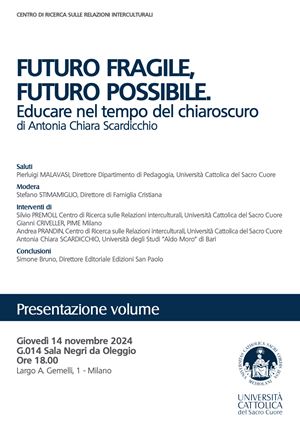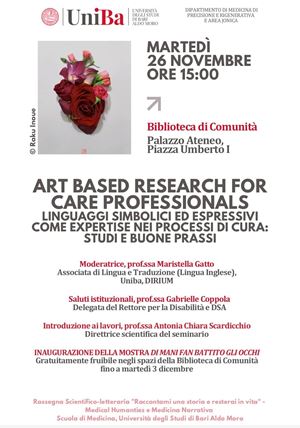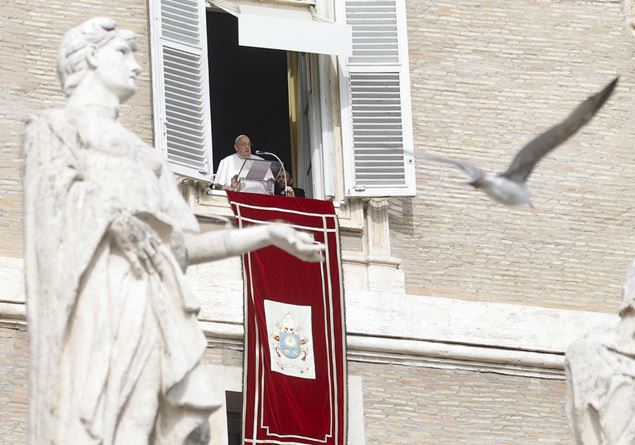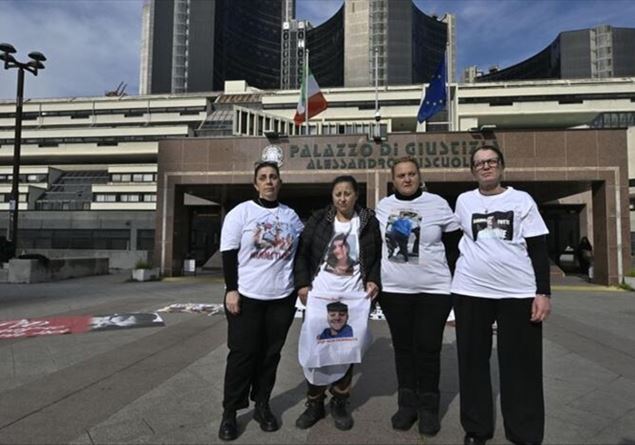
A fragmented world war, an ongoing ecological and energy crisis, without forgetting a recently overcome pandemic that has left deep scars, especially among young people, make our present complex like few times in recent history. Having the necessary tools to read and interpret it is essential to be able to explain it to younger people.
Because of this Professor Antonia Chiara Scardicchio, pedagogist specialized in general pedagogy and adult education, wrote “Fragile future, possible future” to put at the service of this mission an “instrument” for those who take care of the future of children, from teachers to educators, from parents to pastoral workers. The author – who speaks in a meeting open to all and free Thursday 14th at 6.00 pm at the Catholic University of Milan together with the director of Famiglia Cristiana Stefano Stimamiglio and Simone Bruno, editorial director of Edizioni San Paolo – provides an educational proposal made up of suggestions both for carrying out external analytical work and for completing an internal journey, so that this time of crisis becomes a time of rebirth and is able to reawaken hope in the future in young people.
We are living in a chiaroscuro period as you define it, but which is putting education in every area into crisis due to the omnipresence of digital, sometimes an ally, but often a distraction…
«Exactly, we are living in an absolutely unprecedented time with increasing experiences of violence, not only towards others, but also towards ourselves. Let’s think about the exponential increase in acts of self-harm, not only among adolescents, but also among children. And this happens across the board in all families regardless of economic and social condition. Because what children experience from a very young age is the experience of “digital dementia”.
Can you explain what it means and who it concerns in particular?
«In its digital form, dementia is caused by the intensive and prolonged use of the Internet and digital technologies in general. And it concerns not only the loss of some fundamental skills, which constitute the heart of our brain functioning, such as attention and memory. Everyone, and I underline everyone, adults and children, experience difficulty in remembering and concentrating as a result of having been either by choice or because they were exposed by their parents, who were connected for too long. But it’s not just this, we can say that digital dementia also includes the growing difficulty of stopping, of asking ourselves the meaning of what we are doing, even of what we are thinking. We live in a 2x world, an accelerated reality, so we do many things at the same time and this puts our mind in a situation of overload.”

Too often this in today’s society is a source of pride, how can we reverse the trend?
«It’s very difficult because today our mind receives and manages so many stimuli. This overabundance is processed and translated as continuous and constant stress that weighs on people’s heads and bodies. An example that makes the situation plastic is the scrolling we do on our cell phone: it is scientifically proven that it alters the dopaminergic circuits. Which asks us for even more stimulation and at the same time tires our brain and body, which are now saturated. This is why I speak of a fragile future, which has a possible future as the other side of the same coin.”
Where does the possible future come from then?
«From the question of hope. Which is what concerns me as an educator. The question of hope is not the withdrawal from reality or the denial of problems, it is the question of “everything will be fine” that we have told ourselves in the past and that perhaps we use every day as a strategy for overcoming difficulties. Instead, it has to do with calling reality by name and therefore first of all we must recognize that there is an exponential loss of reflective processes, of questioning what we can always continue to learn, even as adults. Not only about the exam or the task that stresses us, but also about life and fragility. Knowing how to deal with this is what we call sentimental education: it is through our ability to ask ourselves questions, to stop and focus on what is happening to us but also what is happening to our children or our students that we grow as people.”

How is this applied and expressed in the educational relationships that adults have with teenagers and children?
«Let’s start from a practical aspect: it is crucial to speak to young people, whether it is my son or the child I coach in the oratory team or that I follow in catechism, while I don’t do something else. Another example I give is that of learning at the table to let go, or rather, to turn off the notifications that arrive on your cell phone and take the time to have lunch or dinner by doing only one thing at a time, slowing down. Just as we avoid offering a child a cell phone to look at at the table, rather let’s look him in the eyes, listen to him and talk to him. Another aspect for parents is to practice the effort of being next to a crying child: that the tears come from a denied sweet, rather than from a great pain. I believe that adults can learn the struggle of being close to their child’s pain, going through it together, trying to give it meaning.”
Alongside parents, the role of educators is fundamental: but their shortage is a real national emergency. Without them you can’t deal effectively with kids…
«Many people leave educational work for economic reasons and unsustainable effort due to lack of funds and energy, and above all there are fewer and fewer young people who choose the educational profession. The reading that I feel I can do is this: from the nineties onwards there has been a sort of cementation of theories and techniques in the educational field for which the educator believed he could simply apply methodologies, once in the field. But when he experiences that the protocol does not work, he only experiences the frustration of the failure of the process implemented. In my opinion it is essential that those who do educational work continue to find training spaces, but that they also work on an internal path. Many cannot cope with those complex situations that exist in the real world, outside of books. Because you cannot educate anyone if you are not constantly engaged in self-education work. And the fundamental issue of fair economic recognition for educational professions weighs on this.”

Therefore, to nourish paths of sentimental education and care for others and oneself, one can resort to artistic paths. He will talk about this on Tuesday 26 November at 3pm at the Bari Community Library
«And who am I? This is a question that we continually ask ourselves not only in adolescence, but continues to be important even in adult life. This is also what animates the practice of art, whether it is the expression of the body in the theater, music or painting. Art, we will talk about this, is a way of being in reality characterized by research and therefore by the perspective of an evolving question of meaning as we said before and by an identity that is always in flux. And for this reason it becomes a precious way of being in the world.”








